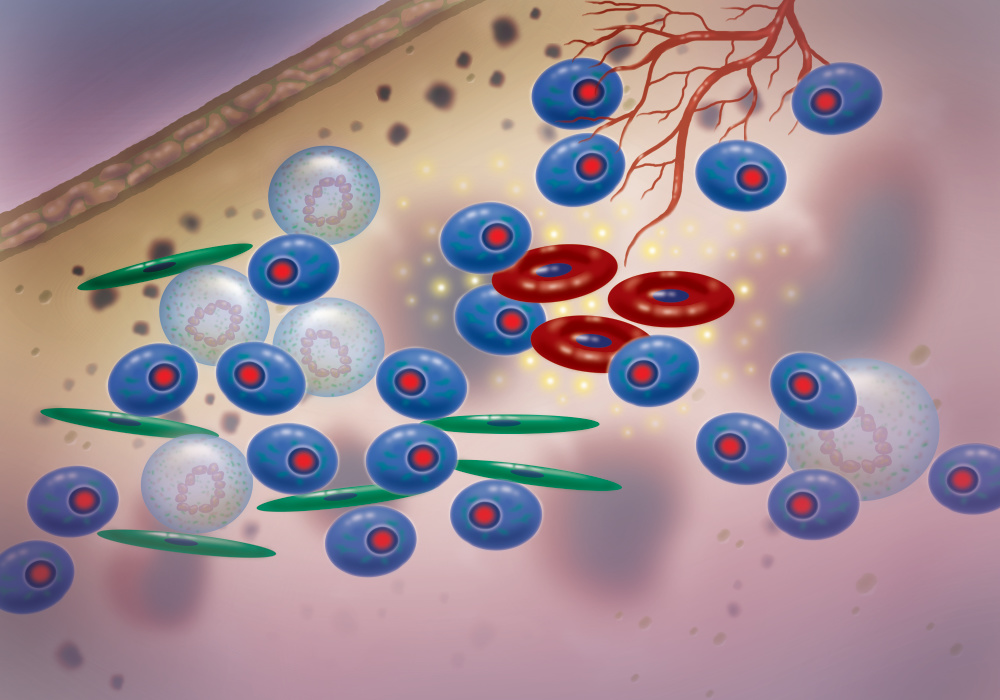Minimal residual disease negativity – or MRD negativity – is a highly sensitive measure of the effectiveness of therapy for multiple myeloma, a cancer of plasma cells of the bone marrow. A patient who tests “MRD negative” after treatment for myeloma has less than one myeloma cell per million bone marrow cells. Data from recent clinical trials suggest that patients with such a low level of disease may be less likely to experience a relapse of their condition than patients with higher levels.
MRD testing has been incorporated in clinical trials for several years to assess how fully patients respond to potential new therapies for myeloma. As technology for detecting ever more minute levels of myeloma cells has become more widely available in recent years, MRD testing can now be applied in the management of patients receiving standard therapies for the disease, says Jacob Laubach, MD, MPP, clinical director of the Jerome Lipper Multiple Myeloma Center at Dana-Farber.

Since 2006, when physicians adopted uniform international standards for monitoring patients with multiple myeloma and gauging their response to treatment, the deepest, most extensive responses have been characterized as “complete” or, at a more fine-grained level, “stringent complete.” Patients with a complete response have no evidence of myeloma proteins in their blood or urine as measured by standard laboratory techniques. Those with a stringent complete response lack certain signs of myeloma by even stricter criteria. While these categories indicate that a patient has responded exceedingly well to treatment, they don’t imply that all cancer cells have been eradicated from the body – patients may still have low levels of myeloma known as minimal residual disease.
The implementation of MRD testing to measure the fullest response to myeloma treatment has the potential to change not only how patients are monitored after treatment, but also, in some cases, the course of treatment that patients and their physicians decide on, Laubach says.
Learn More:
An example might involve a patient who has completed chemotherapy in preparation for a stem cell transplant. If the patient tests MRD negative at that point, and if by other criteria the patient is not considered to have a high risk for disease relapse, the patient and physician may decide to forgo the immediate use of transplant and defer it to a later point in their management. How such decisions are made, however, will depend on further scientific evidence that MRD negativity is indeed associated with minimal risk of disease recurrence, Laubach remarks.
“Because its ability to detect residual myeloma cells is so much greater than previous techniques, MRD testing has the potential to significantly impact clinical practice,” Laubach notes. “Further research in this area is needed, however, to more clearly define how to utilize MRD testing in standard practice.”
Learn more about multiple myeloma from Dana-Farber Cancer Institute.
